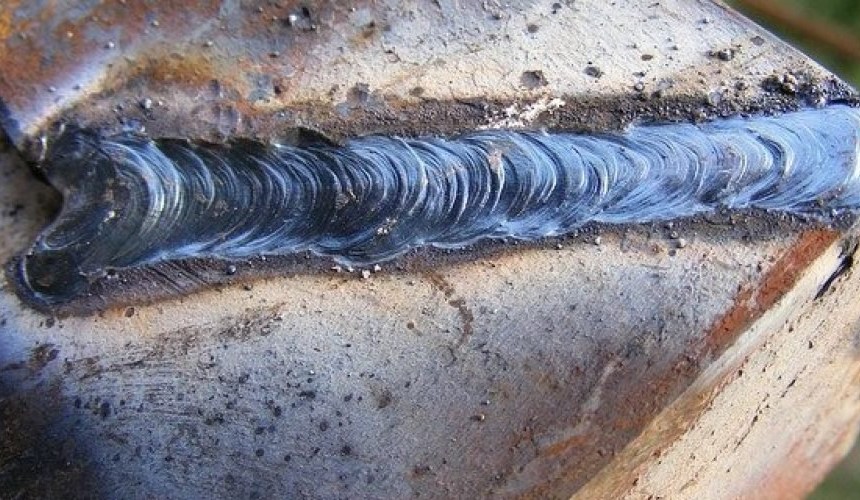Mastering the Art of Welding: How to Avoid Undercut Welding Issues for Flawless Manufacture Outcomes
By recognizing the origin causes of undercut welding and applying effective techniques to stop it, welders can raise their craft to new levels of quality. In the quest of flawless construction results, understanding the art of welding to stay clear of undercut problems is not just an ability however a necessity for those making every effort for excellence in their job.
Understanding Undercut Welding

To prevent undercut welding, welders ought to guarantee proper welding specifications, such as readjusting the existing, voltage, traveling rate, and preserving the proper electrode angle. By recognizing the causes of undercut welding and applying preventative procedures, welders can achieve high-grade, structurally sound welds.
Causes of Undercut in Welding
Understanding the aspects that contribute to damage in welding is important for welders to create premium, structurally sound welds. Inadequate welding incorrect or present welding speed can additionally contribute to damage. Understanding these reasons and implementing correct welding strategies can help stop damaging issues, making sure durable and strong welds.
Strategies to Prevent Undercutting

To minimize the risk of undercutting in welding, welders can use strategic welding techniques intended at improving the top quality and stability of the weld joints. One efficient technique is to change the welding specifications, such as voltage, current, and travel speed, to guarantee correct warm input and deposition. Preserving a suitable electrode angle and guaranteeing consistent traveling rate can additionally help protect against undercut. In addition, utilizing the right welding method for the specific joint arrangement, such as weave or stringer beads, can add to minimizing damaging. Preventing weld undercut.
Using back-step welding methods and managing the weld grain account can additionally aid distribute warmth equally and decrease the danger of undercut. Regular assessment of the weld joint during and after welding, as well as executing quality assurance procedures, can help in discovering and addressing undercutting issues quickly.
Relevance of Appropriate Welding Specifications
Choosing and preserving suitable welding specifications is crucial for achieving successful welds with very little defects. Welding criteria browse around this site describe variables such as voltage, existing, travel speed, electrode angle, and shielding gas flow rate that directly impact the welding procedure. These criteria should be carefully readjusted based upon the sort of material being welded, its thickness, and the welding technique utilized.
Correct welding parameters guarantee the best quantity of warm is put on melt the base metals and filler material uniformly. If the parameters are set expensive, it can cause excessive heat input, causing burn-through, distortion, or spatter. On the various other hand, if the criteria are as well reduced, insufficient combination, lack of penetration, or undercutting might take place.
Quality Guarantee in Welding Workflow

Conclusion
In verdict, mastering the art of welding requires a detailed understanding of undercut welding, its causes, and techniques to avoid it. By making certain proper welding parameters and applying high quality assurance techniques, remarkable manufacture results can be accomplished. It is essential for welders to continually pursue excellence in their welding procedures to stay clear of undercut problems and create top notch welds.
Undercut welding, a common problem in welding procedures, takes place when the weld metal doesn't properly load the groove and leaves a groove or clinical depression along the welded joint.To stop undercut welding, welders need to make certain proper welding criteria, such as adjusting the existing, voltage, travel speed, and keeping the right electrode angle. Inadequate welding existing or inaccurate welding speed can likewise add to damage.To mitigate the risk of damaging in welding, welders can employ critical welding techniques aimed at improving the top quality and integrity of the weld joints.In conclusion, understanding the art of welding requires a complete understanding of undercut welding, its causes, and methods to avoid it.